Earthquakes -> circular motion
Circular Motion
Circular motion is the movement of an object along a circular path. This type of motion involves constant change in direction, even if the speed of the object remains constant. Understanding circular motion is important in physics and engineering, as it is a fundamental concept in many areas of science and technology.
Key Concepts in Circular Motion:
- Centripetal Force: In circular motion, there must be a force acting towards the center of the circle to keep the object moving in a curved path. This force is called the centripetal force.
- Centripetal Acceleration: The acceleration experienced by an object moving in a circular path is directed towards the center of the circle. This acceleration is called centripetal acceleration.
- Angular Velocity: Angular velocity is the rate of change of angular displacement of an object as it moves along a circular path. It is measured in radians per second.
- Centripetal Acceleration Formula: The formula for centripetal acceleration is given by a = v^2/r, where a is the centripetal acceleration, v is the velocity of the object, and r is the radius of the circular path.
- Centripetal Force Formula: The centripetal force required to keep an object moving in a circular path is given by F = mv^2/r, where F is the centripetal force, m is the mass of the object, v is the velocity, and r is the radius of the circular path.
Study Guide for Circular Motion:
When studying circular motion, it's important to grasp the following key points:
- Understand the concept of centripetal force and its role in circular motion.
- Be able to calculate centripetal acceleration using the formula a = v^2/r.
- Comprehend the relationship between centripetal force, mass, velocity, and radius in circular motion.
- Learn how to calculate angular velocity and understand its significance in circular motion.
- Practice applying the formulas for centripetal acceleration and centripetal force to solve problems related to circular motion.
By mastering these concepts and formulas, you'll be well-equipped to understand and solve problems related to circular motion in physics.
.◂Science Worksheets and Study Guides Seventh Grade. Earthquakes
Study Guide Earthquakes
Earthquakes  Activity Lesson
Activity Lesson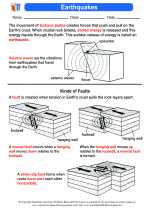 Earthquakes
Earthquakes  Worksheet/Answer key
Worksheet/Answer key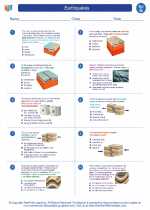 Earthquakes
Earthquakes  Worksheet/Answer key
Worksheet/Answer key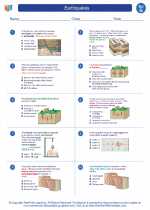 Earthquakes
Earthquakes  Worksheet/Answer key
Worksheet/Answer key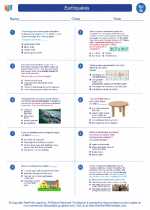 Earthquakes
Earthquakes  Worksheet/Answer key
Worksheet/Answer key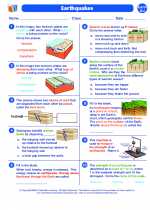 Earthquakes
Earthquakes  Worksheet/Answer key
Worksheet/Answer key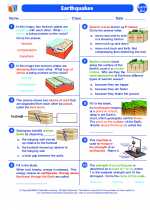 Earthquakes
Earthquakes  Vocabulary/Answer key
Vocabulary/Answer key Earthquakes
Earthquakes  Vocabulary/Answer key
Vocabulary/Answer key Earthquakes
Earthquakes  Vocabulary/Answer key
Vocabulary/Answer key Earthquakes
Earthquakes  Vocabulary/Answer key
Vocabulary/Answer key Earthquakes
Earthquakes  Vocabulary/Answer key
Vocabulary/Answer key Earthquakes
Earthquakes  Vocabulary/Answer key
Vocabulary/Answer key Earthquakes
Earthquakes  Vocabulary/Answer key
Vocabulary/Answer key Earthquakes
Earthquakes 

 Activity Lesson
Activity Lesson
 Worksheet/Answer key
Worksheet/Answer key
 Worksheet/Answer key
Worksheet/Answer key
 Worksheet/Answer key
Worksheet/Answer key
 Worksheet/Answer key
Worksheet/Answer key
 Worksheet/Answer key
Worksheet/Answer key
 Vocabulary/Answer key
Vocabulary/Answer key
 Vocabulary/Answer key
Vocabulary/Answer key
 Vocabulary/Answer key
Vocabulary/Answer key
 Vocabulary/Answer key
Vocabulary/Answer key
 Vocabulary/Answer key
Vocabulary/Answer key
 Vocabulary/Answer key
Vocabulary/Answer key
 Vocabulary/Answer key
Vocabulary/Answer key
